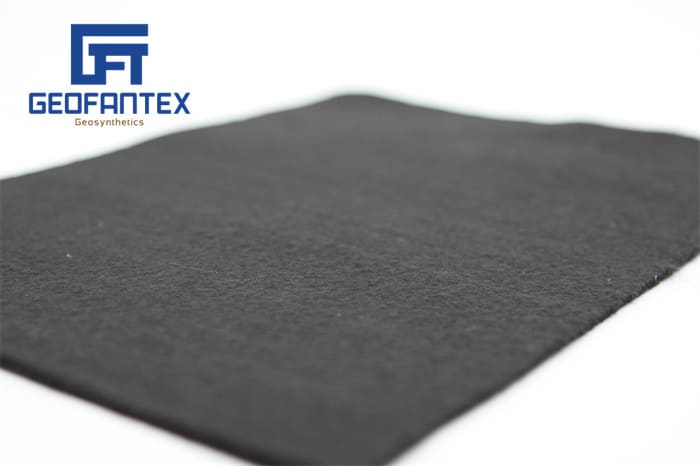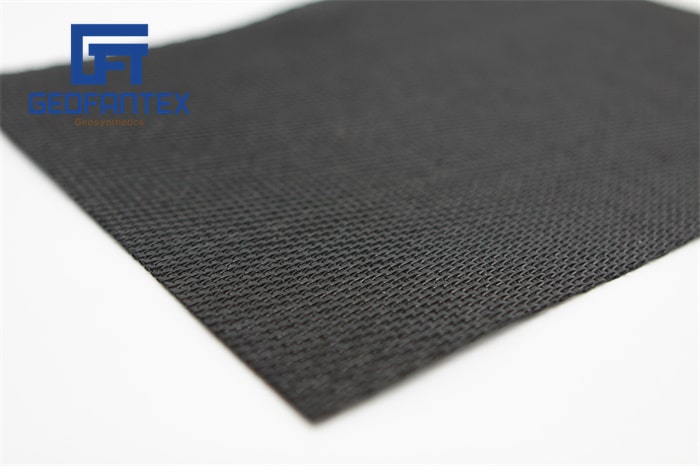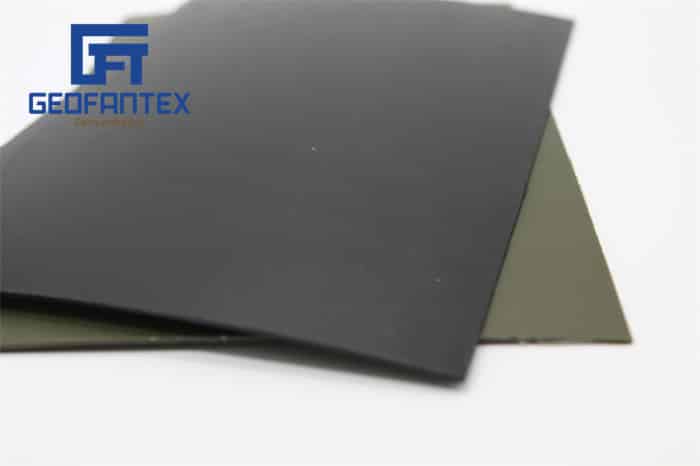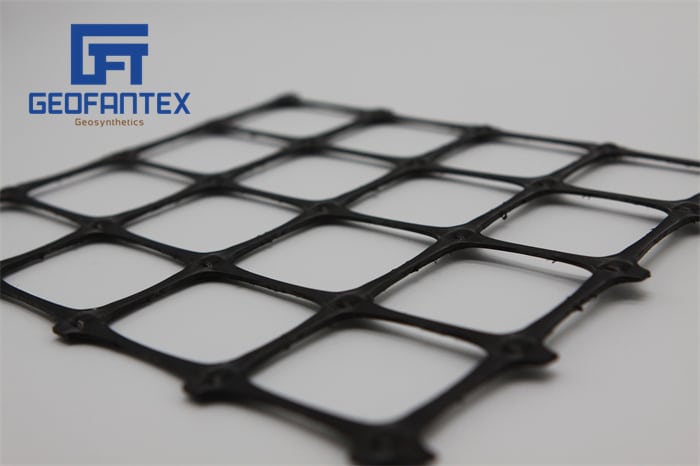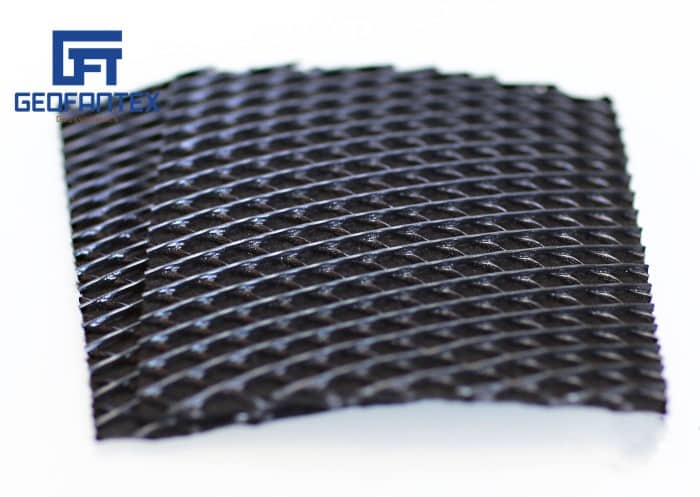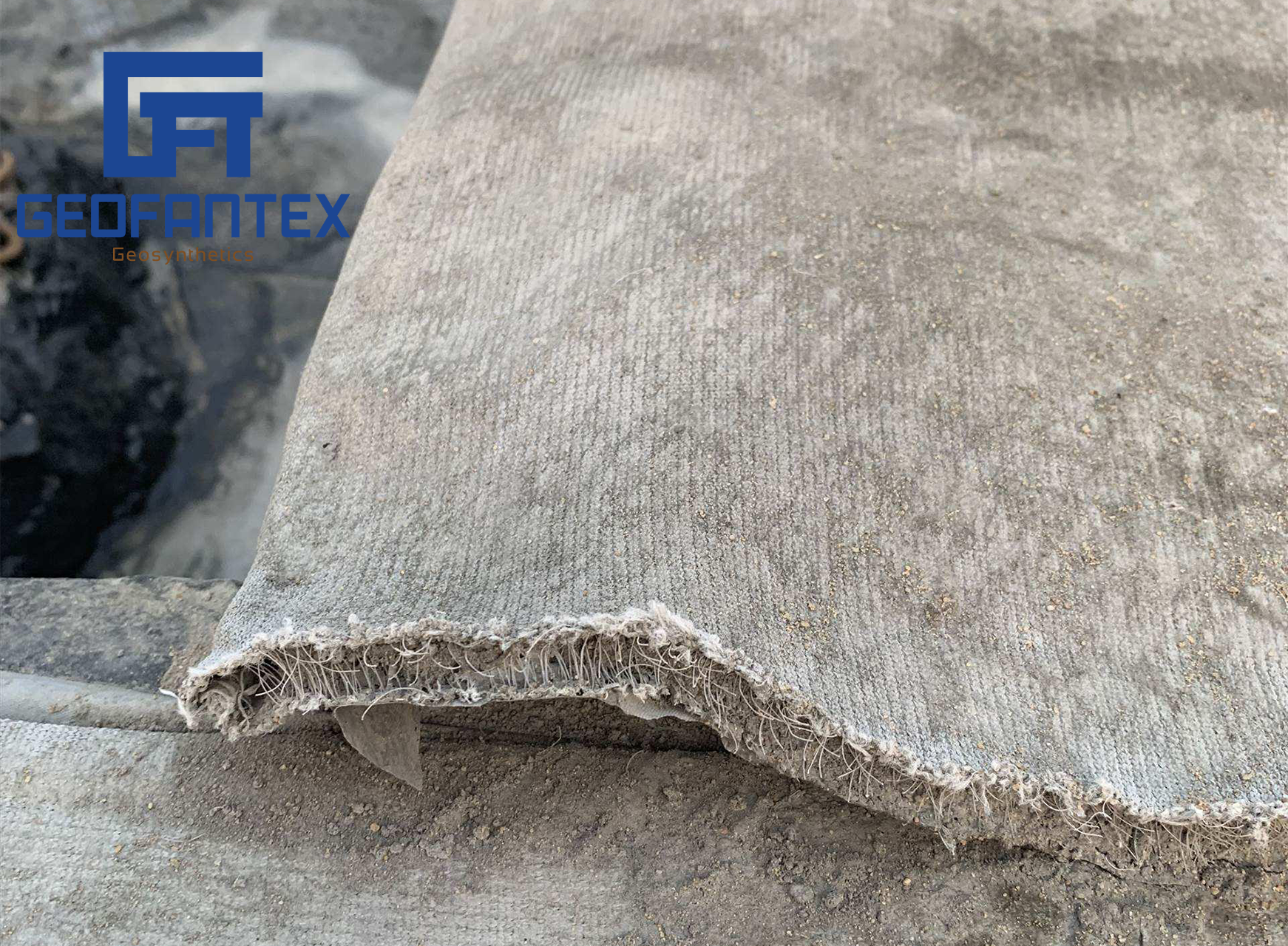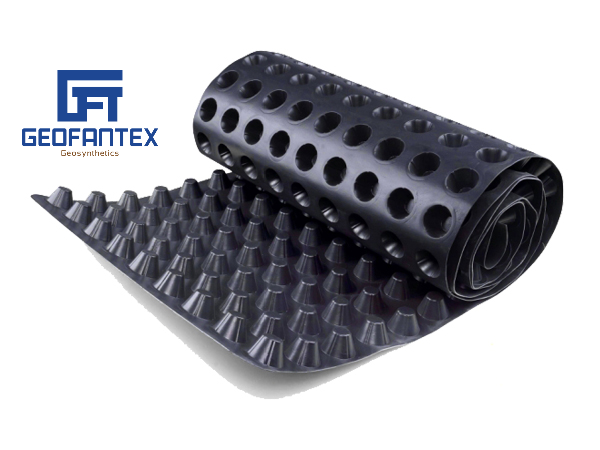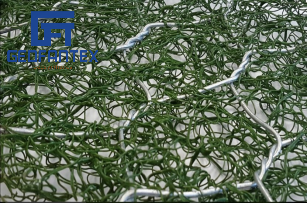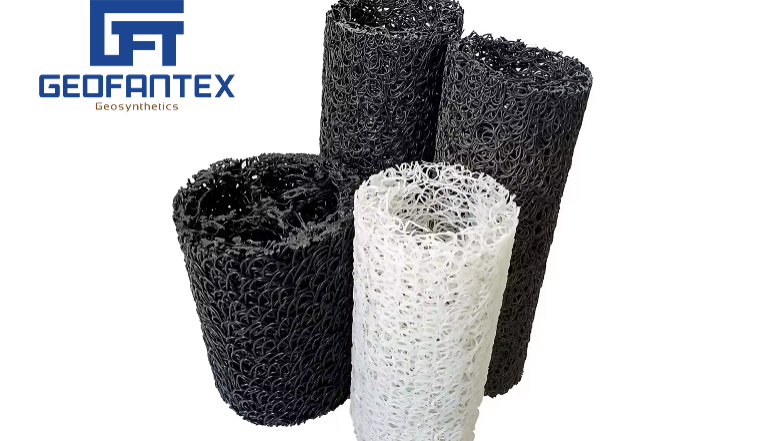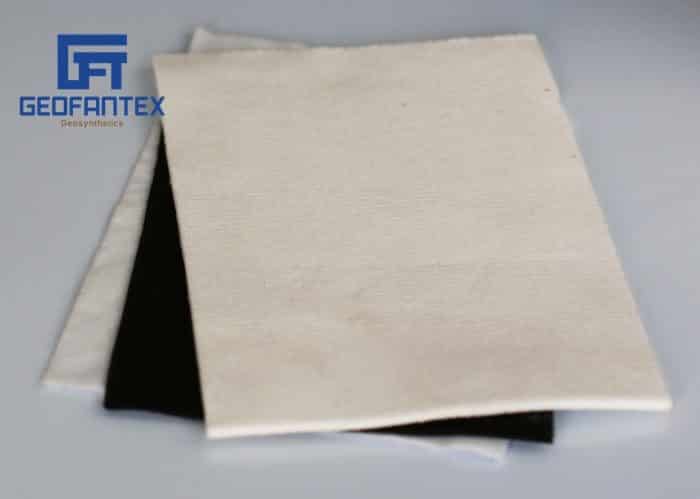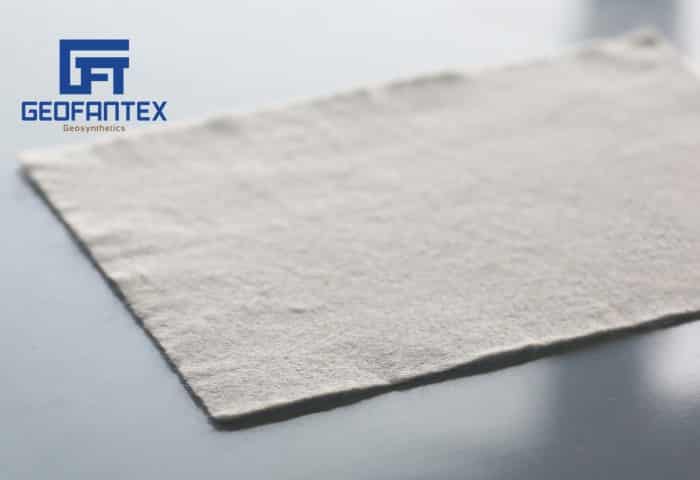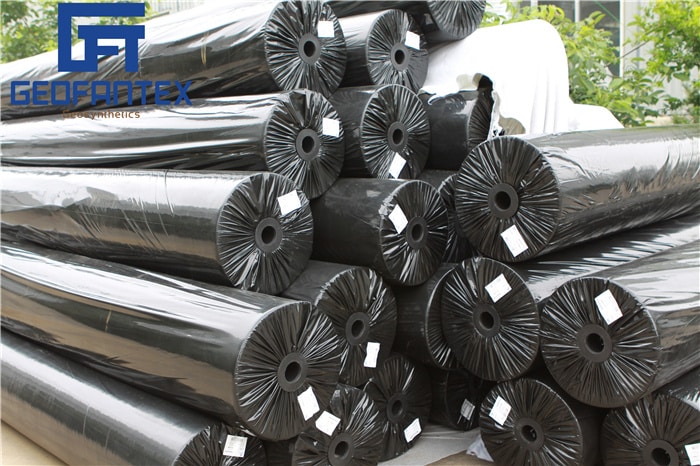+86-159 9860 6917
info@geofantex.com
geofantex@gmail.com
+86-400-8266163-44899
Geotextile fabric has become a critical component in civil engineering and environmental construction, providing solutions that enhance soil stability, filtration, drainage, and erosion control. As infrastructure demands grow worldwide, engineers increasingly rely on geosynthetics to deliver long-lasting, cost-effective performance.
The Role of Geotextile Fabric in Modern Civil Engineering
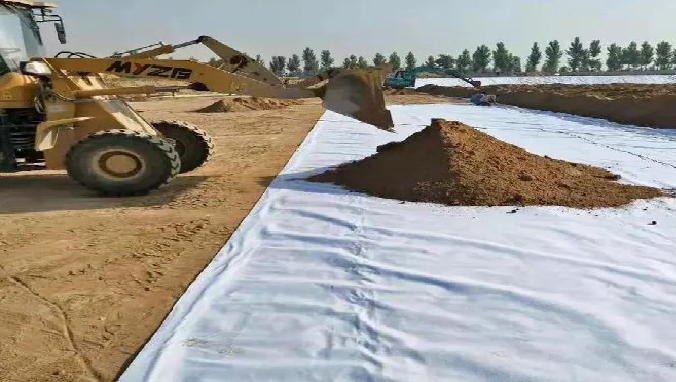
Geotextile fabric serves as a fundamental component in civil engineering and environmental construction, offering critical solutions for soil stabilization, filtration, drainage, and erosion control. Its applications span a wide range of infrastructure and environmental projects. The main functions include:
- Soil Stabilization: Provides reinforcement by improving the load-bearing capacity of weak soils, ensuring a stable base for roads, embankments, and foundations.
- Filtration: Allows water to pass through while retaining soil particles, preventing clogging and maintaining effective subsurface drainage.
- Drainage: Facilitates the movement of water within or away from soil layers, minimizing hydrostatic pressure and extending structural life.
- Erosion Control: Protects soil surfaces from displacement caused by rainfall, surface flow, or wind, especially on slopes and embankments.
- Separation: Prevents the mixing of fine-grained soils and aggregates, maintaining material integrity and reducing maintenance needs.
- Key Benefit: Incorporating geotextile fabric in construction projects ensures long-term performance, cost efficiency, and environmental sustainability, making it indispensable for modern infrastructure development.
Erosion Control in California’s Wine Country
Following a series of wildfires in Napa Valley, slope erosion became a significant concern for vineyard owners. A reinforced geosynthetic system combining biodegradable matting and geotextile fabric was installed to stabilize hillsides and protect valuable topsoil. Within months, the vegetation recovered, and soil displacement was reduced by 80%, helping restore both the landscape and agricultural productivity. Similar erosion control systems are described in geotextile erosion control applications.
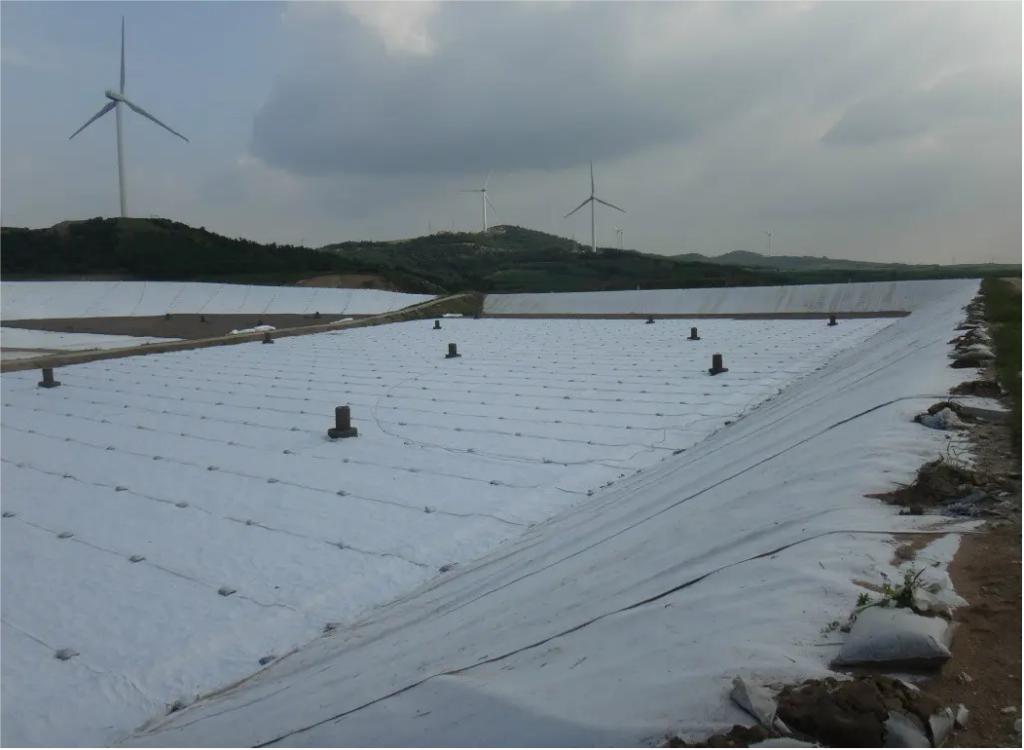
Drainage and Filtration in a Landfill Expansion, Spain
During a landfill expansion near Valencia, engineers faced the challenge of managing leachate and preventing groundwater contamination. A composite geosynthetic system—combining drainage nets with nonwoven geotextile fabric—was used to ensure efficient liquid collection while maintaining filtration performance. This solution not only met strict EU environmental standards but also reduced installation time compared to traditional gravel filters. Learn more about nonwoven geotextile drainage systems.
Across highways, environmental rehabilitation, and waste management, geotextile fabric continues to prove its versatility and reliability. Real-world applications show that integrating geosynthetics not only strengthens infrastructure but also promotes sustainability, making it an indispensable material in modern civil engineering. For more innovative applications, explore geosynthetic solutions at Geofantex.
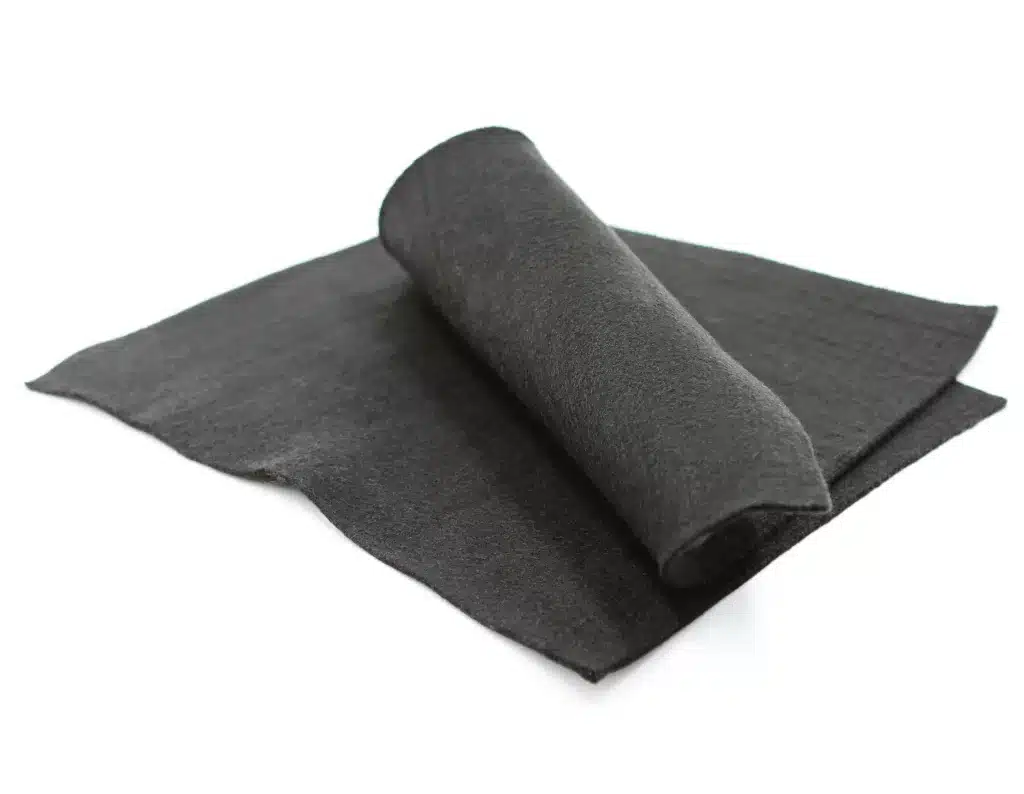

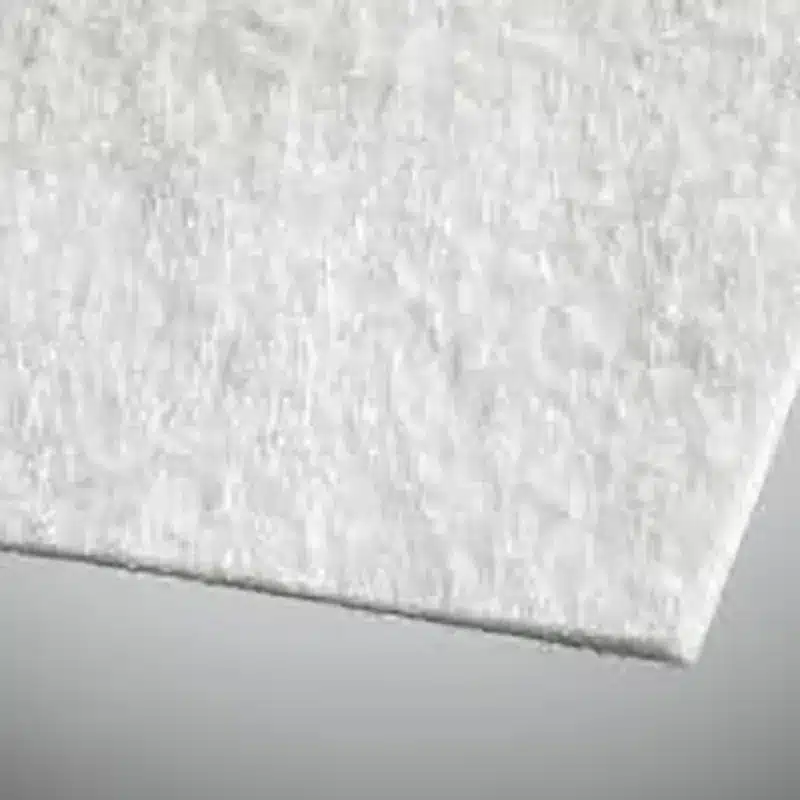
Get Free Sample
We’ll respond as soon as possible(within 12 hours)

